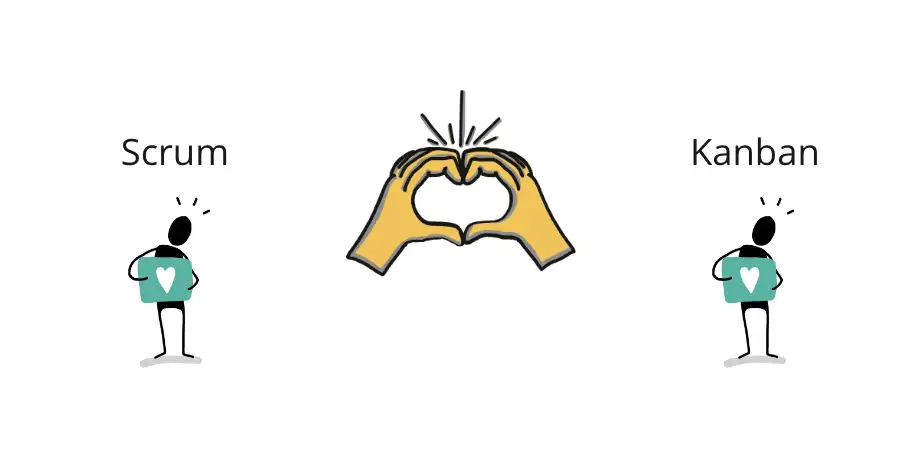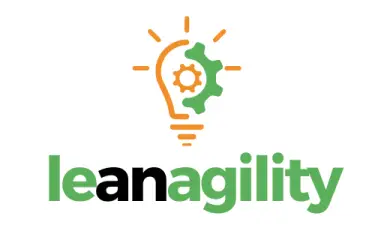Scrum or Kanban? You don't need to choose!
One common question we often receive from both students and clients is, “Can Kanban and Scrum work together?” The answer is a resounding, “Absolutely!” However, it’s crucial to clarify what we mean by “Kanban.” If we’re referring to Kanban as a strategy for optimizing the flow of value through a process using a visual, work-in-progress limited pull system, then The Kanban Guide for Scrum Teams provides clear guidance on how to integrate these seamlessly.
Why Combine Kanban and Scrum?
While the Scrum Guide outlines roles, events, and artifacts, it doesn’t prescribe specific day-to-day operations for a Scrum Team. Scrum remains silent on matters like estimation, determining workload, assessing sprint progress, and maintaining focus and openness. Kanban offers a suite of complementary practices that address these aspects, acting as a catalyst for teams to enhance their Scrum practice.What Are the Intersections Between Kanban and Scrum?
The guide introduces several Kanban-based complementary practices tailored for the Scrum Framework. What does this entail? It means retaining the core principles of Scrum as defined in the Scrum Guide while incorporating elements of Kanban to streamline processes. These practices include:- Visualizing the workflow
- Limiting Work in Progress (WIP)
- Actively managing work items in progress
- Inspecting and adapting the team’s definition of “Workflow”

Metrics
In addition to these practices, Kanban and Scrum synergize through metrics. Among these, Cycle Time, Throughput, and Work Item Age stand out as particularly powerful. By recording the start and finish dates of work items, teams can derive valuable insights:- Cycle Time enables forecasting delivery times with a specified level of confidence (Service Level Expectation).
- Throughput aids in Sprint Planning by offering insights into completion rates and facilitating probabilistic forecasting using Monte Carlo Simulation.
- Work Item Age empowers teams to manage workflow in a better way by providing real-time insights into the progress of work items.
- These metrics revolutionize not just forecasting but also day-to-day operations, driving metric-driven focus and informed decision-making.

